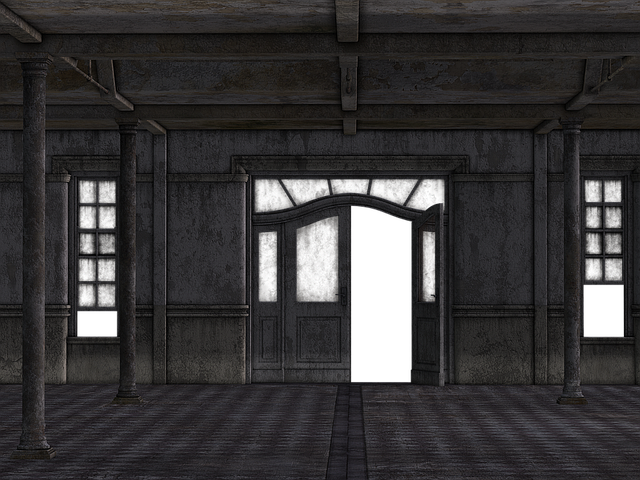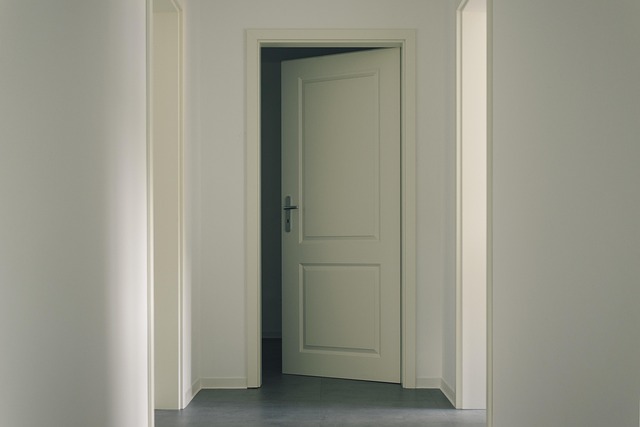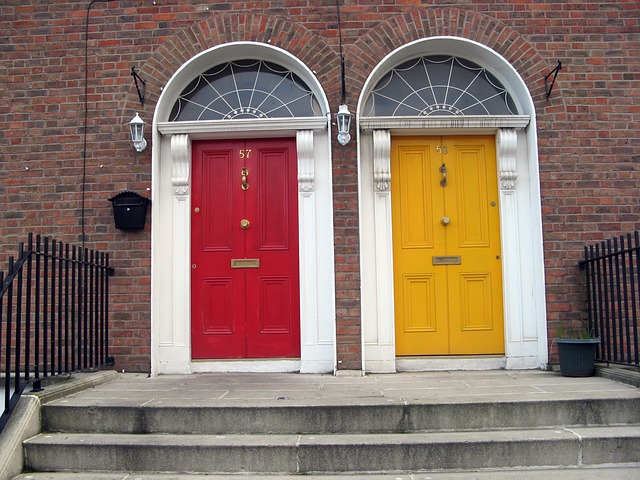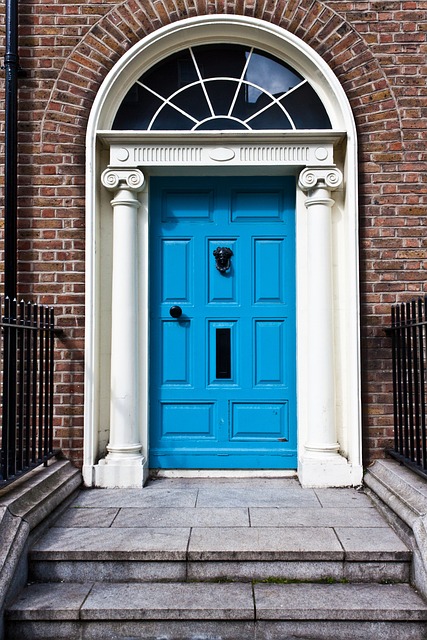Revolutionize Your Space with High-Density Soundproof Door Installation
Looking to transform your space into a quieter, more peaceful environment? Solid core doors with hig…….
Introduction
In our increasingly noisy world, the quest for tranquility has never been more pressing. Soundproof door installation emerges as a critical solution for privacy, comfort, and acoustic integrity in both residential and commercial spaces. This comprehensive article delves into the multifaceted nature of soundproof door installation, exploring its significance, the global impact it’s having, economic considerations, technological advancements, policy implications, challenges, case studies, and future prospects. Readers will gain a deep understanding of how soundproof doors are designed, installed, and regulated, and why they represent a vital component in modern construction.
Understanding Soundproof Door Installation
Soundproof door installation involves the design and integration of various materials and techniques to significantly reduce noise transmission through doors. These doors typically feature a combination of mass-loaded vinyl (MLV), resilient channels, insulating foam core, and sometimes double or triple layers of wood or metal wrapped in a durable finish. The historical context of soundproofing dates back to the early 20th century with the advent of recording technology, highlighting its evolution from an audio engineering necessity to a mainstream construction need.
Global Impact and Trends
The impact of soundproof door installation is felt worldwide, as urbanization and commercial development intensify noise pollution concerns. Key trends include the integration of smart technologies that monitor and manage noise levels, and the use of sustainable materials that reduce environmental impact while enhancing acoustic performance. In densely populated cities like Tokyo and New York, soundproof doors are becoming a standard feature in new construction projects. Meanwhile, in regions with natural acoustic environments, such as the countryside in Europe or rural Australia, soundproofing is used to preserve tranquility against external noise.
Economic Considerations
The market for soundproof door installation reflects a niche yet growing sector within the construction industry. Investment patterns show a trend towards high-end residential and luxury commercial spaces prioritizing soundproofing. Economically, these installations can add significant value to properties by enhancing their appeal and functionality. They also play a role in reducing costs associated with noise-related health issues and improving overall well-being.
Technological Advancements
Recent technological advancements have led to the development of innovative materials and design techniques that improve the soundproofing capabilities of doors. These include the use of laminated glass, acoustic sealants, and computer-aided design (CAD) software for precision manufacturing. The future potential of these technologies lies in their integration with IoT devices, allowing for real-time noise monitoring and adjustment.
Policy and Regulation
Soundproof door installation is governed by a variety of policies and regulations that vary by region. Building codes in some U.S. cities, like Los Angeles and New York, mandate specific sound transmission class (STC) ratings for new construction. In Europe, directives such as the Ecodesign Directive set standards for energy efficiency and environmental impact, which indirectly affect soundproofing practices. These regulations ensure that soundproof doors meet safety, performance, and sustainability benchmarks.
Challenges and Criticisms
The challenges of implementing soundproof door installation include cost, compatibility with existing structures, and the achievement of both acoustic and aesthetic goals. Critics argue that despite advancements, complete noise isolation is nearly impossible due to factors like airborne noise and structural vibration. To overcome these issues, manufacturers and installers are developing more adaptable solutions that cater to a wider range of environments and budgets.
Case Studies
Several case studies illustrate the successful application of soundproof door installation across different sectors. A luxury hotel chain known for its quiet rooms has implemented advanced soundproofing techniques, resulting in a significant increase in guest satisfaction. In healthcare facilities, soundproof doors have been instrumental in maintaining patient confidentiality and reducing stress for both patients and staff. These examples underscore the practical benefits of soundproof door installation.
Future Prospects
The future of soundproof door installation is poised for growth, with potential expansions into new markets and applications. Emerging trends suggest a convergence with smart home technology, offering homeowners the ability to control noise levels through integrated systems. The use of soundproof doors in educational institutions, recording studios, and mental health facilities is also on the rise, reflecting a growing recognition of their value in various settings.
Conclusion
Soundproof door installation represents a critical innovation in the realm of acoustic control and environmental design. Its global impact, economic significance, technological advancements, and policy frameworks are all indicative of its increasing relevance in modern society. As we continue to navigate noisier environments, soundproof doors offer a tangible solution to the challenges of noise pollution, ensuring privacy, comfort, and well-being for years to come.
FAQ Section
What is soundproof door installation?
Soundproof door installation involves combining specialized materials and construction techniques to minimize noise transmission through doors.
Why are soundproof doors important?
Soundproof doors are essential for maintaining privacy, reducing noise pollution, and ensuring a peaceful environment in both residential and commercial spaces.
How much do soundproof doors typically cost?
The cost of soundproof doors can vary widely based on materials, design, and installation complexity. They generally represent a higher investment than standard doors.
Can existing doors be made soundproof?
With the right materials and retrofitting techniques, it is possible to improve the soundproofing of existing doors, though new construction often yields better results.
Are soundproof doors energy efficient?
Many soundproof doors are designed with energy efficiency in mind, incorporating insulating materials that also block sound.
What STC rating should I aim for?
The appropriate STC rating depends on your specific noise environment and needs; higher ratings provide greater noise reduction. Local building codes can guide the minimum required rating.
How do I maintain my soundproof doors?
Regular cleaning, inspection of seals and hardware, and addressing any damage promptly will help maintain the performance of your soundproof doors.

Looking to transform your space into a quieter, more peaceful environment? Solid core doors with hig…….

In a world demanding quieter spaces, soundproof door installation has gained prominence. Noise-reduc…….

In urban environments, high-performance soundproof doors offer a cutting-edge solution to combat ris…….

Soundproof door installation is a powerful solution for minimizing noise transmission in homes, offi…….

Soundproof door installation optimizes noise reduction, addressing growing concerns over noise pollu…….

Acoustic door seals offer innovative and effective noise control for various spaces. High-performanc…….

Sound isolation is crucial for creating tranquil indoor environments, especially in shared spaces. H…….